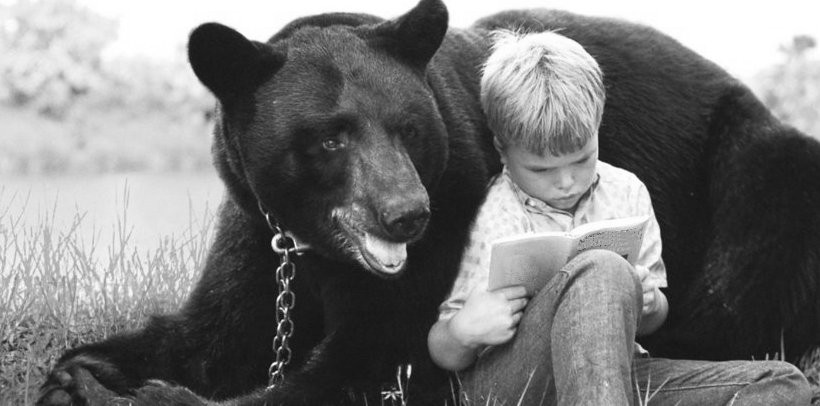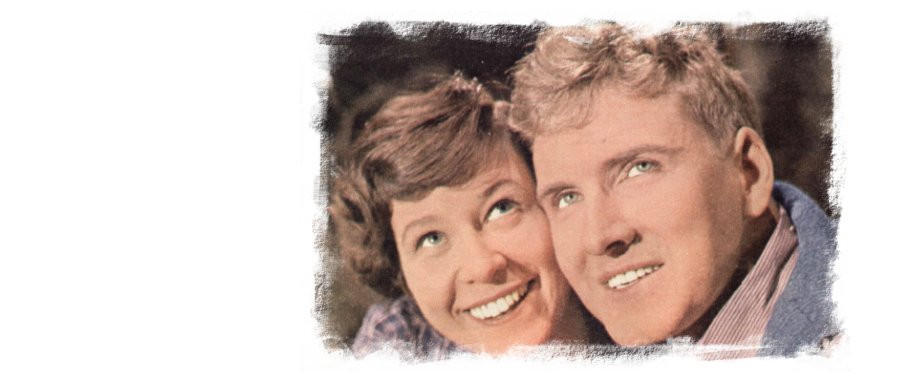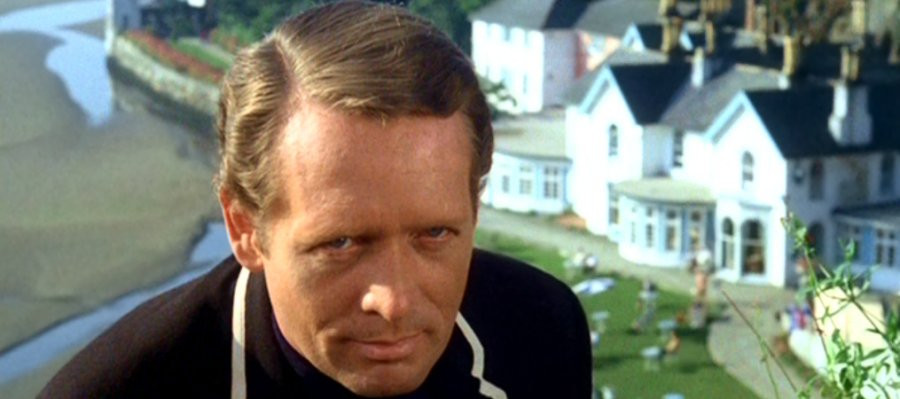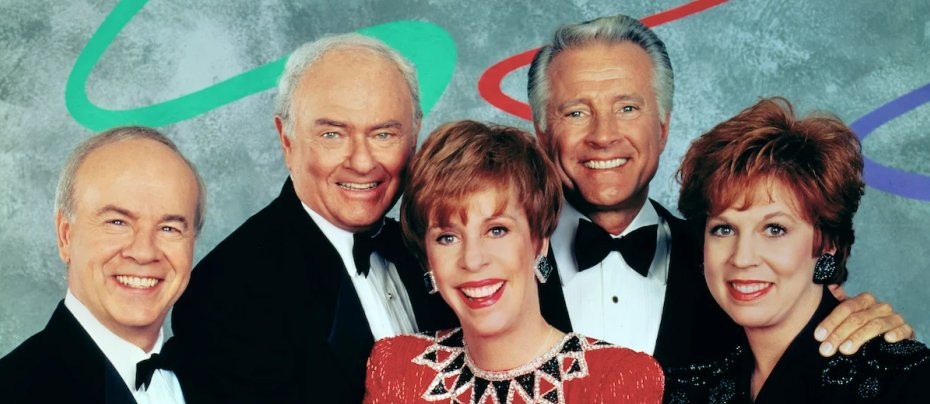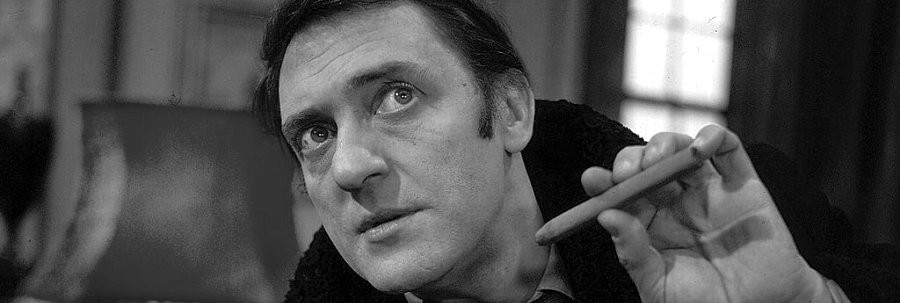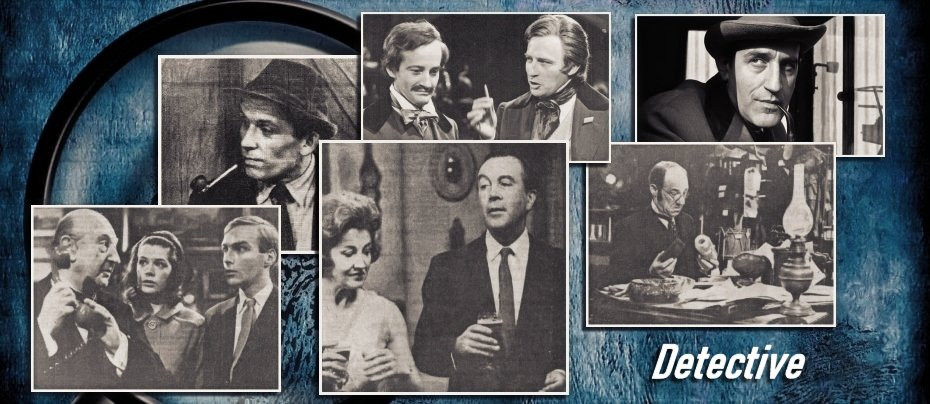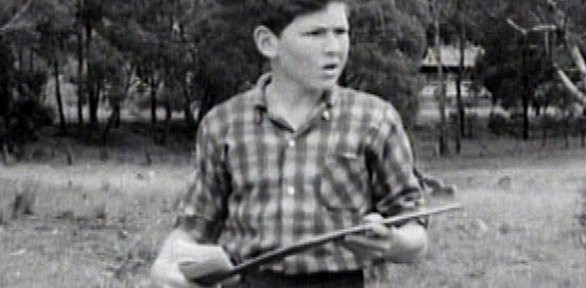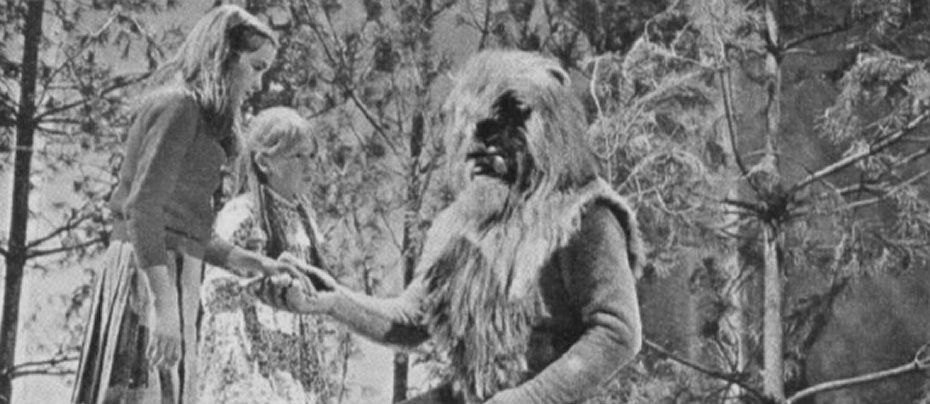
The Lion, The Witch and The Wardrobe
1967 - United KingdomArguably one of the finest stories in English literature from the 20th Century and heralded as one of the most enchanting children’s stories of our time The Lion, The Witch & The Wardrobe by C. S. Lewis was first published in 1950 and is the best known of the seven novels about the magical land of Narnia.
In 1967, ABC Television acquired the rights to bring the tale to television for the first time and originally planned a Jackanory style production – read by a narrator and accompanied by illustrations. But when Ian Mackenzie, the executive producer of religious programmes for ABC TV got involved the project expanded greatly. The small budget originally assigned to the talking book version was greatly increased to around twelve hundred pounds per 20-minute episode, of which ten were made.
Lewis’ novel was seen by many to have many biblical allusions and Aslan, the hero of the story, is seen as a Christ-like figure who suffers a death of atonement and returns to life, in a way comparable to Christ’s execution and rebirth. It was these insinuations that prompted Mackenzie, who had previously conceived several popular series, including Looking for an Answer and From Inner Space and was also a regular religious columnist for The Times newspaper, to champion the series.
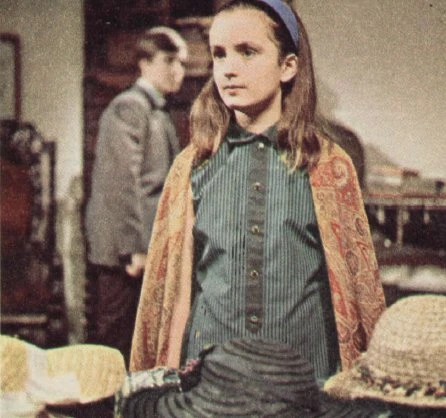
The Lion, The Witch and the Wardrobe begins when four evacuated children arrive at their uncle’s grand old country house to escape the perils of wartime London. Their uncle is an aged professor (Jack Woolgar), who allows them to explore their new surroundings and in the course of doing so Lucy (12-year-old Elizabeth Crowther), Susan (14-year-old Zuleika Robson), Edmund (13-year-old Edward McMurray) and Peter (5-year-old Paul Waller), discover an old wardrobe at the back of which is the entrance to a fantasy world.
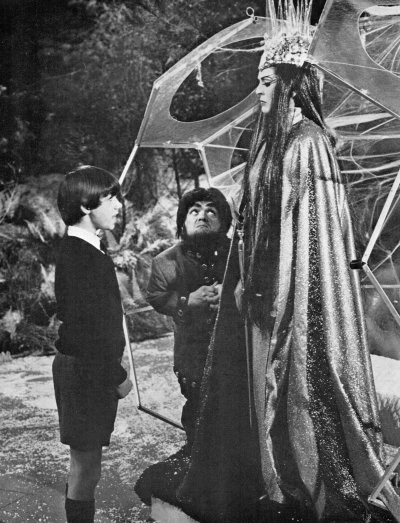
Lucy, the youngest, is the first to pass through the magical threshold and finds herself standing in the middle of a forest. It is night, and snow is falling, though in London it is summer. She walks toward an iron lamp-post and is met by a very surprised faun. The Faun invites Lucy for tea and while she is visiting he explains that he is in the service of the evil White Witch (Elizabeth Wallace), who has cast a spell over Narnia so that it is always winter, yet never Christmas.
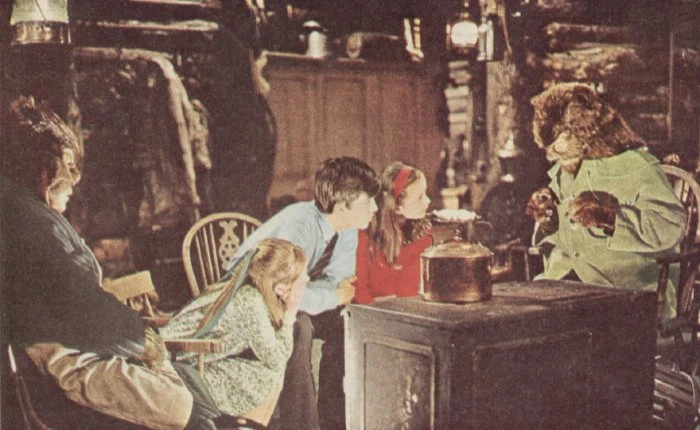
After returning to the house, Lucy tells the other children what happened to her but none of them believe her story. Eventually, all the children visit Narnia and meet Mr. Beaver, who takes them home where Mrs. Beaver has prepared dinner. During the meal they learn that those that defy the White Witch are turned to stone and that Aslan (Bernard Kay), the true king of Narnia, has returned to free his people from the White Witch's rule.
The series was produced by Pamela Lonsdale who had previously overseen the Sunday religious programme The Sunday Break and would go on to become a prolific producer of programmes for young viewers which included The Incredible Adventures of Professor Branestawm , The Queen Street Gang and Rainbow, for which she was presented with the Society of Film and Television Arts award for best children’s programme.
The Lion, The Witch and the Wardrobe was adapted for television by Trevor Preston, here undertaking only his second television script assignment before setting off on a career that involved the creation of Ace of Wands (also produced by Lonsdale) and scripts for (among others) Callan, Fox, Minder and The Protectors.
Technically, the programme was relatively primitive, and given the small budget and even though the TV Times informed its readers that “The elaborate sets and costumes are spectacular and imaginative. There is a forest where the snow lies heavy, the faun's cave and the beaver's house where the children go to tea and the palace, where the courtyard statues are people turned to stone by the evil witch”, the series relied very much on characterisation by the skilful cast of actors.
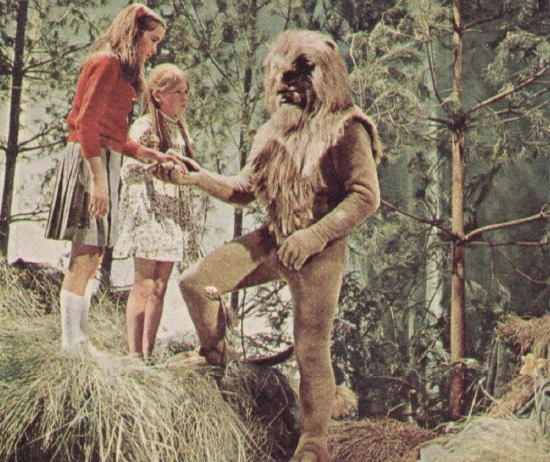
As in the illustrations of the original novel, the animal characters are played by the actors standing on two legs, in costume and wearing masks, or in most cases, half masks, enabling them to deliver their lines without any hinderance. And by and large it works tremendously well. With specials effects unavailable, scenes that would have benefited from them are replaced by narration with the Professor acting as the storyteller. Trevor Preston felt that this benefitted the series and encouraged the young audience to stretch their imaginations even further.
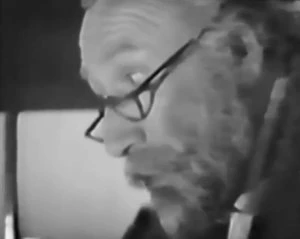
Sadly, only two episodes of the series survive today and the quality of those is very poor. In 1988, the BBC, after many years of negotiation, managed to acquire the rights to C. S. Lewis’ books and made a new version of The Lion, The Witch and the Wardrobe and by this time technology and television techniques had moved on quite considerably. In the newer version, Aslan was larger than life-size and required two people inside the lion, one outside and very complex electronics.
Perhaps there was something more charming about the crudeness of the earlier production which allowed more of the story to exist in the imagination of its young audience. Perhaps the book is more imaginative than any screen version. After all, who doesn't want to step through their own door of imagination and find themselves in magical a world of talking animals?
Seen this show? How do you rate it?
Seen this show? How do you rate it?
Published on October 24th, 2022. Written by Marc Saul for Television Heaven.


